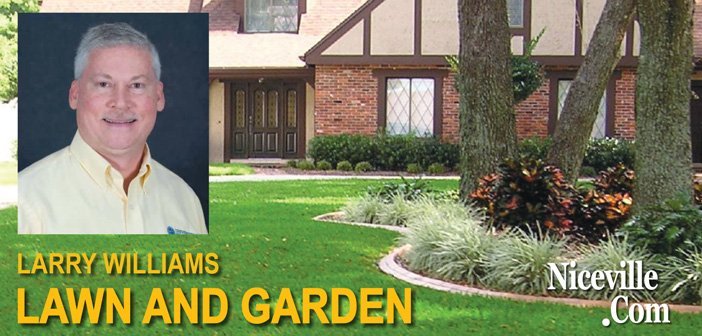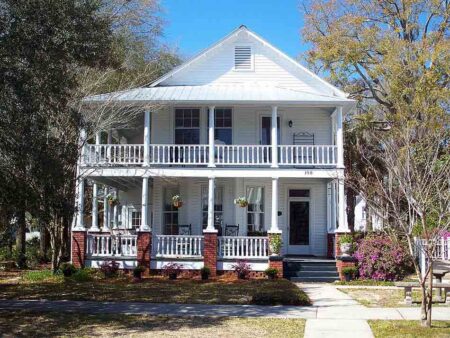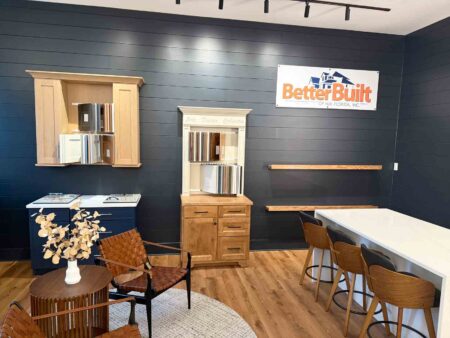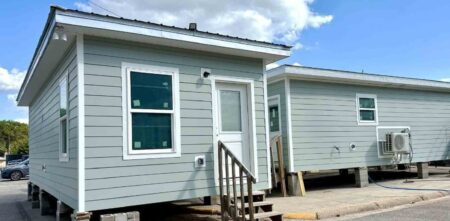Q. What’s causing small branches to turn brown and die in some of my trees?
A. More than likely this is caused by the Black Twig Borer. This very small beetle, about 1/16 inch long, has been active in some local trees.
This is an interesting insect with a wide host range. Trees attacked include cedar, golden rain tree, maple, redbud, sweetgum, loquat, dogwood, oak, Chinese elm, magnolia, Bradford pear and pecan. The beetle is not limited to these trees. And it may attack woody shrubs and grapevines.
This beetle only damages branches that are about pencil size in diameter. These small branches die above the point of entrance with the leaves turning brown, creating a flagging effect of numerous dead branches scattered throughout the outer canopy of the tree. These dead twigs are what bring attention to the infested trees.
Bending an infested twig downward will result in it snapping or breaking at the entrance/exit hole. Carefully putting the twig back together may allow you to see the hole. The hole is usually on the underside of the branch and will be very small, about the size of pencil lead in diameter. Sometimes you may find the minute, shiny black beetle and/or the white brood inside the tiny hollowed out area of the twig at the point where it snapped.
The black twig borer, Xylosandrus compactus, is one of the few ambrosia beetles that will attack healthy trees. However, stressed trees may be more susceptible to insect damage and disease.
Female beetles bore into small branches or twigs of woody plants, excavate tunnels in the wood or pith and produce a brood. Damage occurs when the beetle introduces ambrosia fungi on which the larvae feed. Adult beetles emerge in late February, attack twigs in March and brood production begins in April. Highest population levels occur from June to September. Adults spend the winter in damaged twigs and branches. So it’s important to pick up and dispose of small infested branches as they fall.
Where practical, the best control is to prune tree limbs 3-4 inches below the infested area, then remove and destroy the limbs. Proper mulching, avoiding over fertilization and irrigating during dry weather should improve tree health, allowing trees to better withstand attacks. Chemical controls are usually not practical or effective.
Additional information is available at the UF/IFAS Extension Office in your County, from your County Forester or online at http://edis.ifas.ufl.edu/in577.
Larry Williams is the Extension horticulture agent with the Okaloosa County Cooperative Extension Service, University of Florida. Contact Larry at 689-5850 or email lwilliams@co.okaloosa.fl.us.




